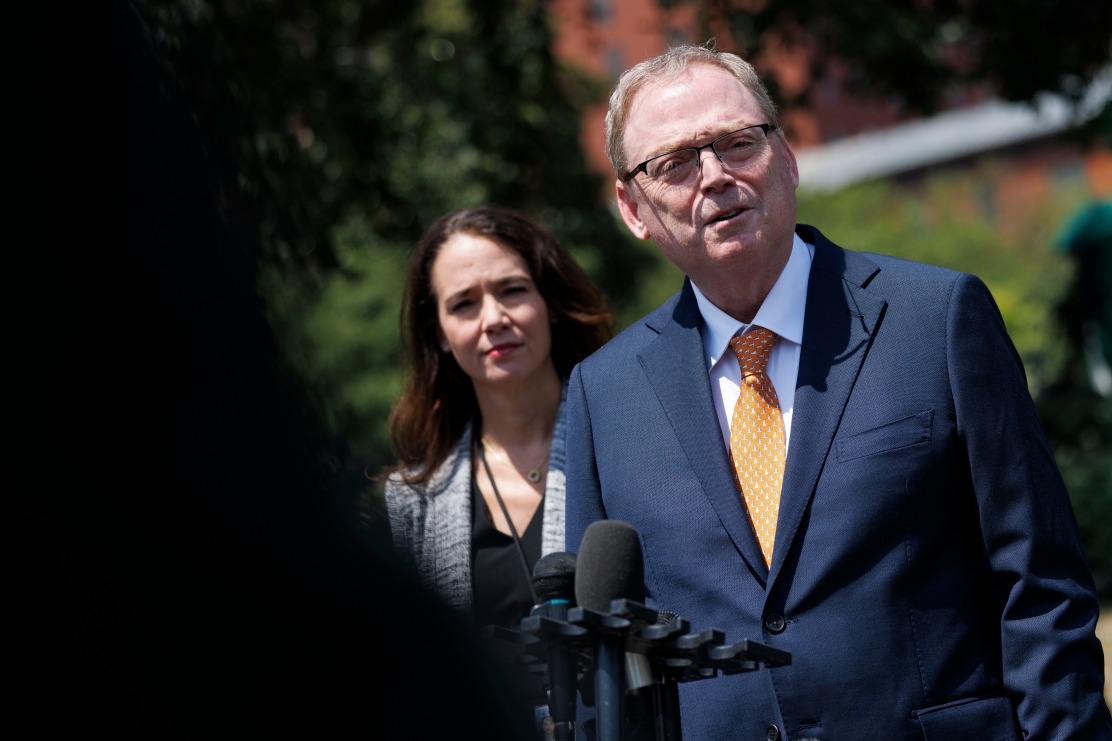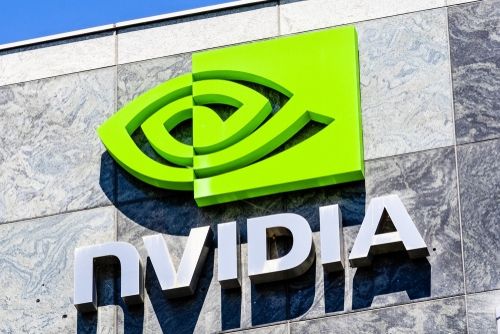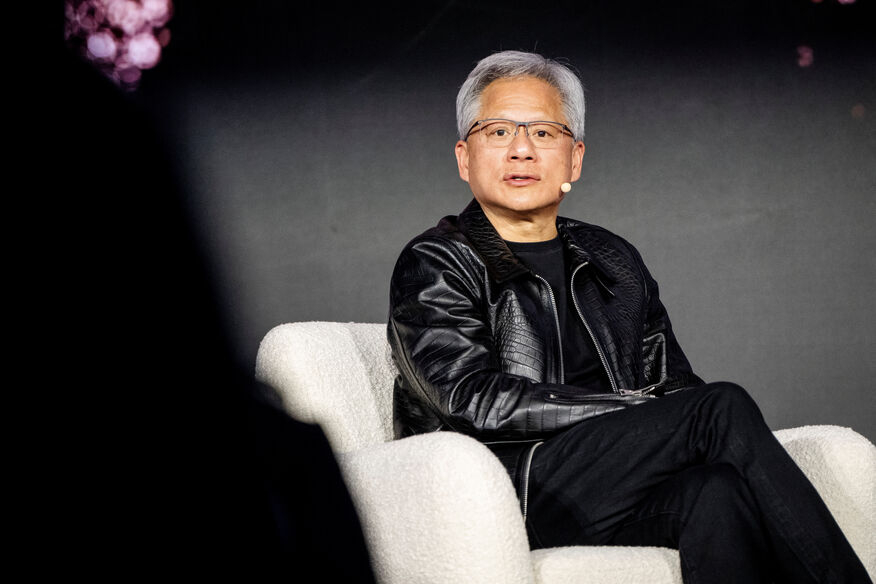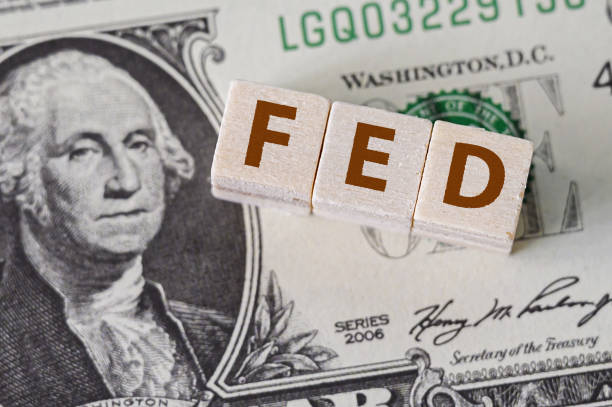What Big Bank Q3 Earnings Reveal About the U.S. Economy: Strong Consumers, Healthy Credit — But Divided Outlooks

TradingKey - As expected, the six major Wall Street banks — JPMorgan Chase, Bank of America, Citi, Wells Fargo, Morgan Stanley, and Goldman Sachs — reported record-breaking or near-record results for Q3 2025. Despite ongoing macro challenges, their earnings paint a picture of resilient consumer spending and stable credit conditions, offering reassurance amid fears of economic slowdown.
As of October 15, all six banks have released their Q3 results, showing strong trading and investment banking performance, with revenue and EPS beating expectations across the board. Collectively, the six banks earned $41 billion in Q3, up 19% year-over-year.
Revenue reported vs. Expected | EPS reported vs. Expected | |
JPMorgan Chase | $47.12 vs. $45.40 | $5.07 vs. $4.84 |
Bank of America | $28.24 vs. $27.50 | $1.06 vs. $0.95 |
Wells Fargo | $21.44 vs. $21.16 | $1.66 vs. $1.55 |
Citi | $22.09 vs. $21.09 | $2.24 vs. $1.90 |
Morgan Stanley | $18.22 vs. $16.70 | $2.80 vs. $2.10 |
Goldman Sachs | $15.18 vs. $14.10 | $12.25 vs. $11.00 |
Wall Street’s Big Six Banks Q3 2025 Performance, Source: LSEG, CNBC, TradingKey
The Backdrop: A Volatile but Active Market
U.S. financial markets have traded this year around key themes:
- Trump’s tariff policies
- Fed rate cuts
- Concerns over Fed independence
Despite this “chaotic” policy backdrop, investor activity has remained high — fueling trading volumes and reviving capital markets.
A more favorable regulatory environment has helped deliver the busiest IPO season since 2021. Investment banking revenue surged 44% YoY at Morgan Stanley, whose stock hit a new all-time high after earnings.
Consumer Strength: The Engine of Growth
Banks, as direct observers of household and corporate finances, are seen as barometers of economic health.
JPMorgan CEO Jamie Dimon said that the facts on the consumer side are clear: resilience, strong spending, and delinquency rates lower than expected — these are undeniable.
Wells Fargo CFO noted robust client activity, with continued growth in credit and debit card spending.
CEO Charlie Scharf added:
“You see strong consumer spend and stable deposits and those things just kind of paint a picture of a consistently strong consumer.”
Citi observed consumers becoming slightly more selective — with spending concentrated in branded goods among higher-income groups — but overall, early-stage delinquency trends remain well within normal ranges.
Credit Quality: A Tale of Two Views
On credit risk, banks diverged:
JPMorgan: Warning Bells Ringing
- Credit loss provisions: $3.4B
- Net charge-offs: $2.6B
- Provision increase: $810M
Dimon, typically more cautious, highlighted risks from:
- Geopolitical tensions
- Trade uncertainty
- High asset prices
- Sticky inflation
He famously warned:
“When you see one cockroach, there are probably more.”
This came after JPMorgan lost $170M on exposure to bankrupt subprime auto lender Tricolor — a sign, he said, that more defaults may follow.
Others: Optimism Prevails
- Morgan Stanley: Reported zero loan loss provisions — citing improved macro conditions and portfolio dynamics
- Wells Fargo: Reduced provisions from $1.07B (Q3 2024) to $681M
- Bank of America: Released modest reserves, citing improved outlook in credit cards and commercial real estate
BofA CFO said:
“We’ve seen more certainty now around trade and tariffs and around taxes as well. It’s allowed our client base to make longer term decisions.”
BofA expects net charge-offs to remain stable near term, supported by steady consumer delinquencies, stability of C&I and reductions in CRE exposures.







